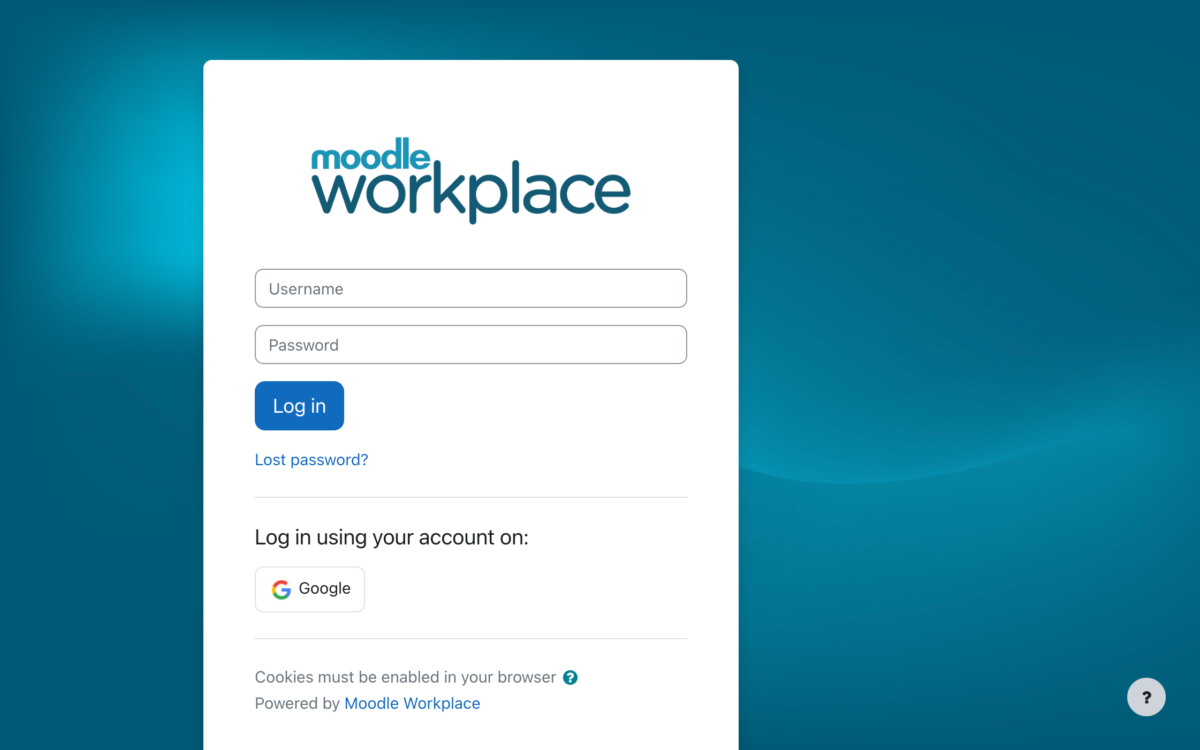You may have to face up to the facts that your instructional design portfolio could mean you have to wear the design hat as well as put all the content together. So what are some the knowledge gaps you have to fill?

By Sabah Sarker/Wikimedia
One of the best places to start in this gap analysis is to create a visual model of the outcomes you want from your eLearning. This visual plan can done by sketching a flow chart with branching possibilities; you can also put together a powerpoint slide deck and show it to your stakeholders to get their feedback.
Once you have your plan together, storyboard it. Storyboarding simply means putting together the elements of your training. It could be video and text, images and graphics, assessments, and how they will all behave. You could tie your assessments to your videos with an interactive knowledge check. Or your images and graphics could be married in a drag and drop element. Once you visualise the way you want to deliver your training, then it’s time to bring in the experts and define what information you need.
Working with subject matter experts can be a tricky piece of business. These are the people with the knowledge that you need to communicate. But subject matter experts (SMEs) may try to hijack your instructional design with big ticket plans. Part of your job when you visualise your learning or training is to clearly define and manage SME expectations. The risk is scope creep if your SME’s try to manage the overall training.
How much detail you put in your training should be clearly defined. Your goal is to make your training as engaging as possible, not bore your learners so they never come back.
Keeping that goal in mind, you should consult style guides for the latest information on what works best with your audience. Style guides are the types of graphic interface that are most effective, what kind of assessment questions are suitable for your kind of training, examples of screen and page layouts, font styles and color palettes, and themes.
Choosing a consistent theme throughout your web training can help communicate with your users and cement your brand. That can mean the types of images you use on your pages, the headings, the way users navigate, and your actual logo.
Images are often hard to find that really do a good job of communicating your workplace culture. Don’t rush into it. There are hundreds of image banks you can choose from on the web that may require a small licensing fee to use. It would be worth your while to research those images.
Another important consideration in your design conundrum is to make sure your learning behaves in a consistent manner. For example, if you want pop up information windows to convey important points when users hover over an image, don’t just do it once. Make it consistent, like your navigation.
My Learning Space has been helping organisations of all types and sizes with its consulting service to put the pieces of this often complex puzzle together. You don’t have to do it alone.







